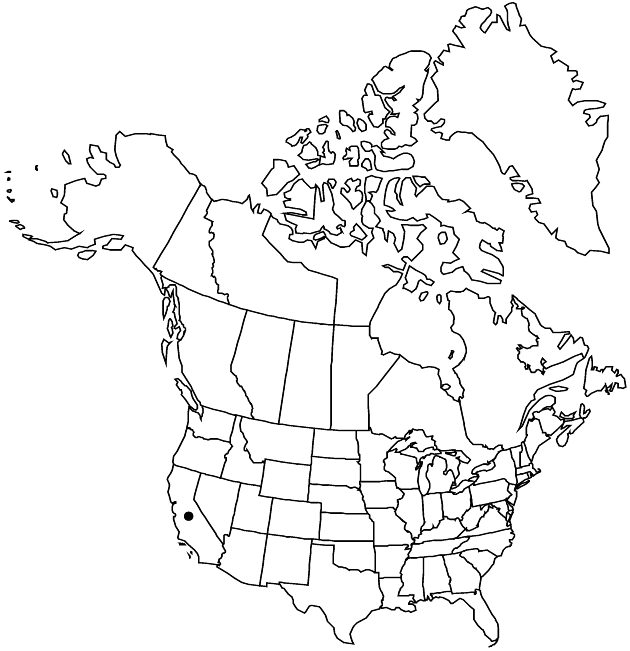Difference between revisions of "Carthamus leucocaulos"
Fl. Graec. Prodr. 2(1): 160. 1813.
FNA>Volume Importer |
FNA>Volume Importer |
||
| Line 49: | Line 49: | ||
|publication year=1813 | |publication year=1813 | ||
|special status= | |special status= | ||
| − | |source xml=https://jpend@bitbucket.org/aafc-mbb/fna-data-curation.git/src/ | + | |source xml=https://jpend@bitbucket.org/aafc-mbb/fna-data-curation.git/src/f6b125a955440c0872999024f038d74684f65921/coarse_grained_fna_xml/V19-20-21/V19_201.xml |
|tribe=Asteraceae tribe Cardueae | |tribe=Asteraceae tribe Cardueae | ||
|genus=Carthamus | |genus=Carthamus | ||
Revision as of 19:36, 24 September 2019
Plants 30–100 cm, herbage glabrescent. Stems rigidly erect, shiny white, often much-branched distally. Leaves basal and cauline; basal often absent at anthesis, petioles winged, blades pinnately divided into 6–8 pairs of narrow lobes; cauline spreading or recurved, lanceolate to ovate, rigid, clasping, 3–7-veined from base, margins pinnately divided into 2–3 pairs of short, spine-tipped lobes, apices spine-tipped. Involucres ovoid, 10–13 mm, usually ± glabrous. Outer phyllaries ascending or ± spreading, very shiny, 40–50 mm, 2.5–3.5 times as long as inner, terminal appendages spreading to ascending, spiny-lobed, prominently spine-tipped. Corollas pink or pale purple, 13–17 mm, throats abruptly expanded; anthers white or pink with purple stripes; pollen white. Cypselae brown, 3–5 mm, outer roughened; pappus scales 5–7 mm. 2n = 20 (Greece).
Phenology: Flowering summer (Jun–Aug).
Habitat: Disturbed sites
Elevation: 0–200 m
Distribution

Calif., Europe (Greece, islands of Aegean Sea).
Discussion
Between 1969 and 1990 an infestation of this noxious weed was documented in Sonoma County. Efforts to eradicate it were apparently successful.
Selected References
None.